The Imperial System of Ancient China
The imperial system of ancient China refers to a complex political structure in which the emperor stood at the center of society, wielding absolute power and monarchical authority. This system, established by Emperor Qin in 221 BC, evolved and solidified through various dynasties until its eventual dissolution in 1916 with the fall of Yuan Shikai. This article explores the establishment, characteristics, influence, and legacy of the imperial system, spanning over 2,137 years of history.
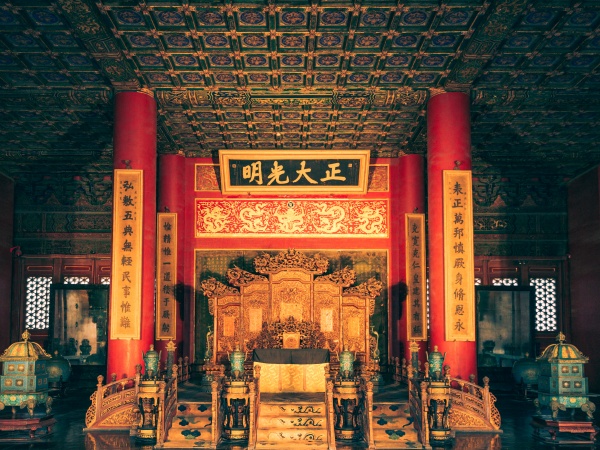
Establishment of the Imperial System
The imperial system was firmly established by Emperor Qin Shi Huang, who unified China for the first time. This monumental event marked the transition from feudal states to a centralized bureaucratic system. The emperor was not merely a ruler but was seen as the Son of Heaven, a divine figure whose authority was justified by the Mandate of Heaven. This concept posited that the emperor's right to rule was granted by the heavens, and his ability to maintain harmony and order was seen as a reflection of divine favor.
With the establishment of a hereditary succession system, the imperial throne became a family legacy, passing from father to son. This hereditary principle ensured stability, as the ruling family maintained control over the state. The centralized government structure allowed for the implementation of standardized laws, tax systems, and administrative practices across the vast empire, promoting unity and coherence among diverse regions.
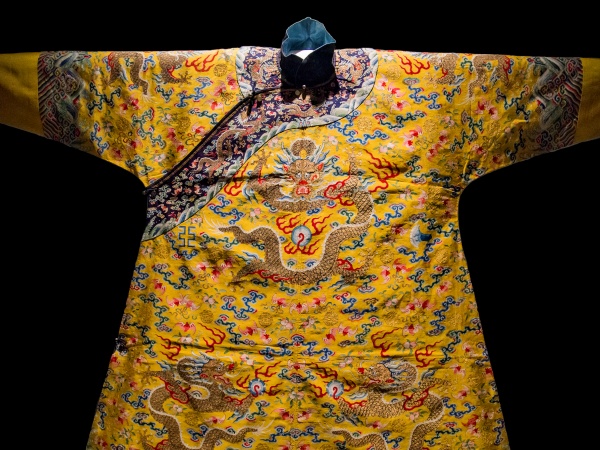
Absolute Power of the Emperor
The emperor in ancient China held absolute power, and this authority was reinforced through a strict hierarchy supported by ritual, music, and governance. The Mandate of Heaven played a crucial role in legitimizing the emperor's rule. It dictated that the emperor's right to govern was conditional on his ability to maintain order and prosperity; failure to do so could result in the loss of this mandate, justifying rebellion against a tyrant.
Rituals and ceremonies were fundamental to the emperor's authority. The emperor performed religious rites to appease the gods, demonstrating his role as a mediator between heaven and earth. The elaborate court rituals reinforced the social hierarchy, emphasizing the emperor's status above all other officials.
In addition to religious authority, the emperor controlled the legal system. He had the power to enact laws and punish those who defied imperial authority. This coercive power was often exercised harshly to deter dissent, ensuring that the emperor remained unchallenged. The consequences of infringing upon imperial decrees could be severe, including imprisonment or execution, which served to solidify the emperor's absolute rule.
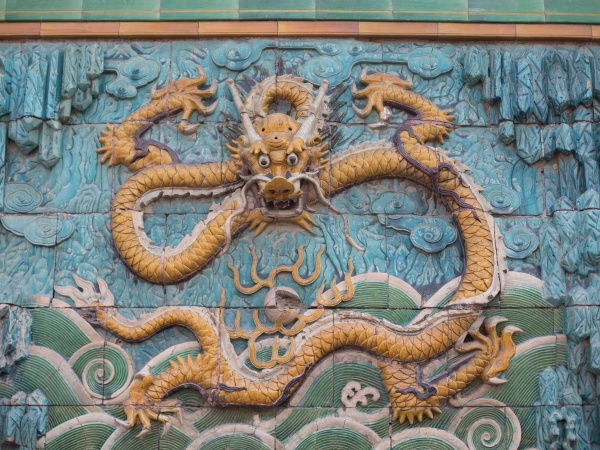
The Influence of the Imperial System
The imperial system significantly shaped the development of a unified multi-ethnic state in China. By establishing a centralized authority, the system fostered national unity and facilitated the integration of diverse ethnic groups. This integration was crucial for promoting economic and cultural exchanges across different regions, contributing to the richness of Chinese civilization.
The centralized governance allowed for effective mobilization of resources, enabling large-scale production activities and infrastructure development. This organization led to advancements in agriculture, trade, and industry, positioning China as a leading civilization in the world during various historical periods. The imperial system also paved the way for a thriving feudal economy, which supported advancements in arts, literature, and sciences.
Furthermore, the stability provided by the imperial system allowed for the flourishing of cultural practices, including Confucianism, which became the dominant ideology of governance and social order. Confucian principles emphasized respect for authority, filial piety, and moral conduct, reinforcing the emperor's role as a benevolent ruler.

Imperial System of Ethnic Minority Groups
The influence of the imperial system extended beyond Han Chinese territories. Various ethnic minority states along China's borders adopted imperial titles and structures after undergoing a process of Sinicization. Kingdoms such as the Dali Kingdom in Yunnan and the Khotan Kingdom in the West recognized the authority of the emperor and often paid tribute to the central government.
During the period of the Sixteen Kingdoms and the Northern Dynasties, multiple states existed simultaneously, each with its own emperor. Even during the Liao, Jin, Yuan, and Qing dynasties, the integration of minority groups into the imperial system allowed for a multicultural empire that embraced various customs and practices while maintaining centralized control.
This complex relationship between the Han majority and various minority groups enriched the cultural tapestry of China, leading to a unique blend of traditions, languages, and practices that are still evident in contemporary Chinese society.
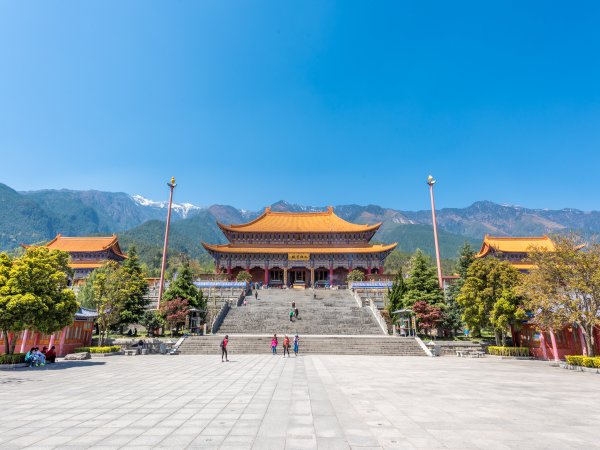
There Might Be More Than One Emperor in China
While the imperial system typically featured a single emperor, historical anomalies did occur. During periods of division, such as the Southern and Northern Dynasties, multiple emperors coexisted, each ruling over different territories. The Three Kingdoms period is notable for the establishment of three competing states: Cao Wei, Shu Han, and Wu, each with its own emperor.
At the end of dynasties, power struggles often led to the emergence of multiple claimants to the throne. For instance, during the transition from the Ming to the Qing dynasty, figures like Li Zicheng and Zhang Xianzhong proclaimed themselves emperors amid chaos, highlighting the fragility of imperial authority during times of unrest.
These instances underscore the complexities of governance in ancient China, illustrating that while the ideal was a unified empire under a single emperor, the reality often involved competing factions and claims to power.
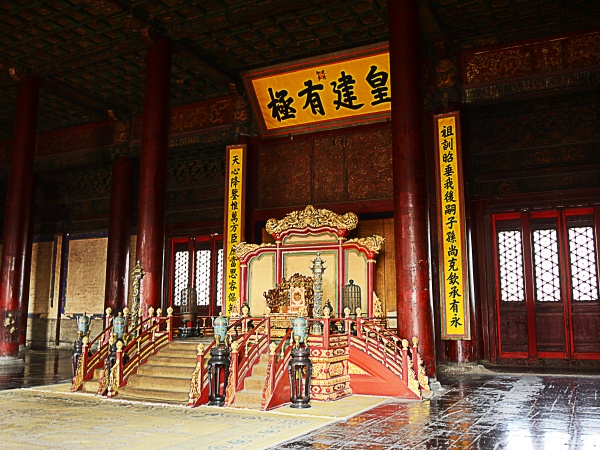
Imperial System is No More for Today, But Something Remains
The imperial system in China officially ended in 1916, marking the culmination of a long historical journey characterized by 83 dynasties and 397 emperors. Although the imperial structure has been abolished, its legacy persists and continues to influence modern Chinese society.
The remnants of the imperial system can be found in ancient palaces, tombs, and cultural artifacts scattered throughout the country. Historical sites such as the Forbidden City in Beijing serve as a testament to the grandeur of imperial rule, attracting millions of visitors each year. Additionally, traditional festivals, literature, and art often draw inspiration from the rich tapestry of imperial history.
Moreover, the concept of leadership and governance in contemporary China can still reflect aspects of the imperial ethos, such as the emphasis on strong centralized authority and the importance of harmony and stability in society.
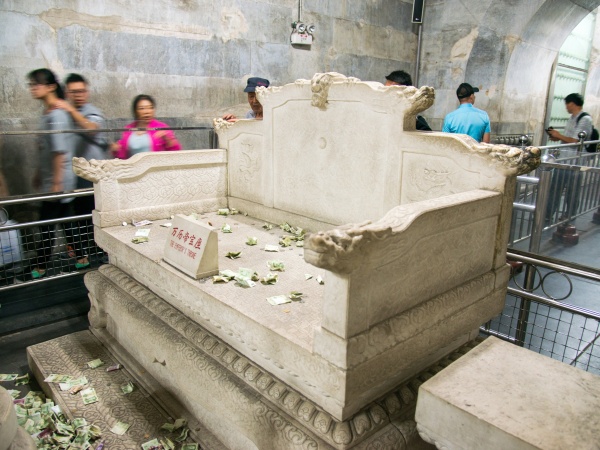
Travel with Us to Visit Remnants of China’s Imperial Ages
If you are interested in China’s imperial ages, as well as the architecture and art of that time, why not travel with us to visit some of the remnants? Here we listed some attractions built during the reign of renowned Chinese emperors, offering you the chance to experience the legacy of China's imperial system up close.
1. The Forbidden City (Palace Museum)
Located in Beijing, this UNESCO World Heritage site was the imperial palace for 24 emperors during the Ming and Qing dynasties. Its stunning architecture and vast collections of artifacts illustrate the grandeur and cultural significance of imperial rule.

2. The Great Wall
Spanning over 13,000 miles, the Great Wall was built for defense and symbolizes the strength of the imperial system. Key sections like Badaling and Jinshanling offer stunning views and insights into ancient military strategies.

3. Summer Palace (Yiheyuan)
This expansive garden complex in Beijing served as a summer retreat for emperors. Featuring beautiful lakes and pavilions, it showcases the harmony between nature and imperial architecture.
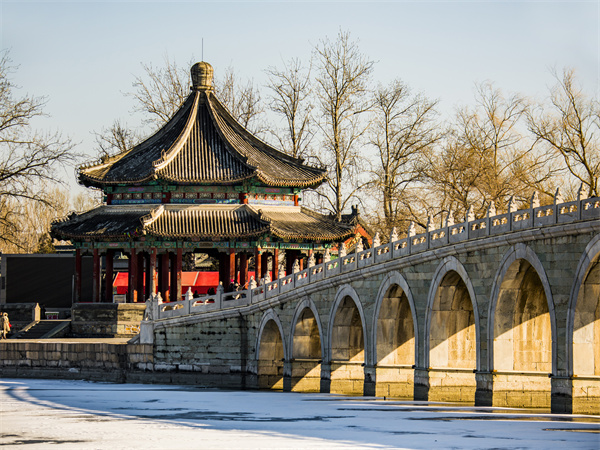
4. Ming Tombs
Located north of Beijing, the Ming Tombs are the burial grounds of 13 Ming emperors. The site features impressive mausoleums and the Sacred Way, which reflects the dynasty's ancestral worship practices.
5. Temple of Heaven
This architectural masterpiece in Beijing was where emperors prayed for good harvests. The complex is designed according to ancient cosmological principles, highlighting the emperor's divine role.

6. Xian's Terracotta Army
Discovered near the tomb of Qin Shi Huang, this massive collection of clay soldiers reflects the grandeur of the Qin dynasty and the emperor's beliefs about the afterlife.
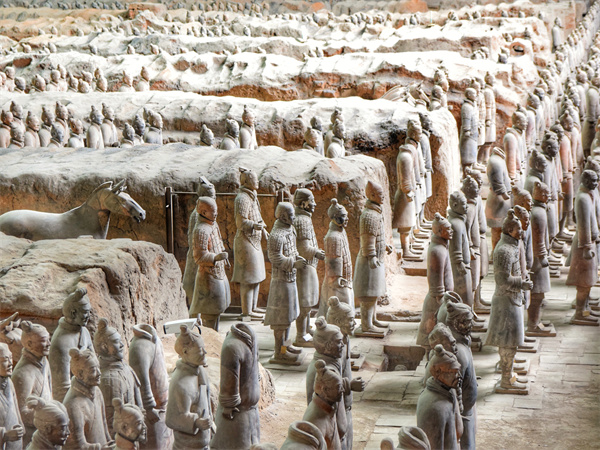
7. The Potala Palace
Situated in Lhasa, Tibet, the Potala Palace was the winter residence of the Dalai Lamas. It symbolizes the integration of Tibetan Buddhism and imperial authority, showcasing rich cultural heritage.
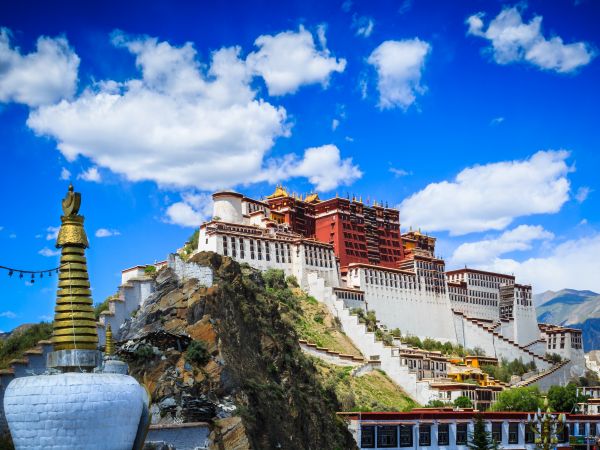
8. Nanjing Ming City Wall
One of the longest city walls in the world, this structure from the Ming dynasty represents the military architecture of the time. It offers panoramic views and insights into Nanjing's historical significance.
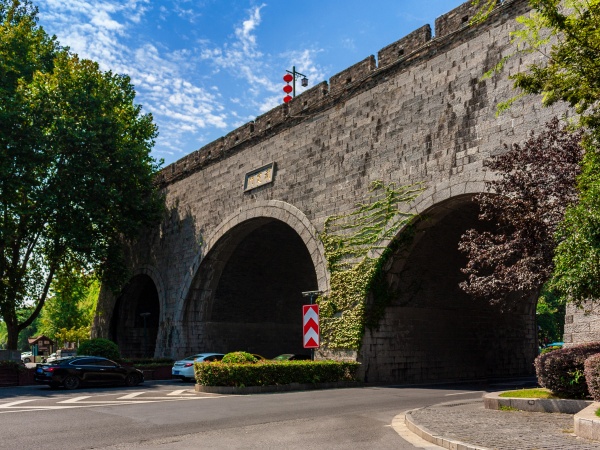
9. Lijiang Old Town
While not an imperial site, Lijiang Old Town reflects the blending of Han and local cultures under the imperial system. Its ancient architecture and vibrant Naxi culture illustrate the region's rich history.
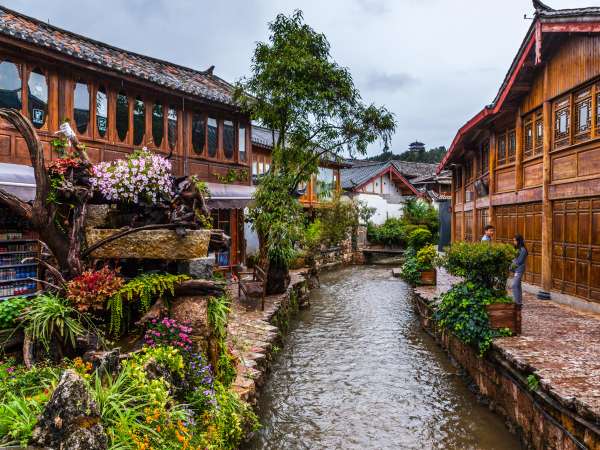
10. Dazu Rock Carvings
Located in Chongqing, these intricate sculptures date back to the Tang dynasty and reflect the artistic achievements supported by the imperial system. The carvings showcase Buddhist, Taoist, and Confucian themes.














